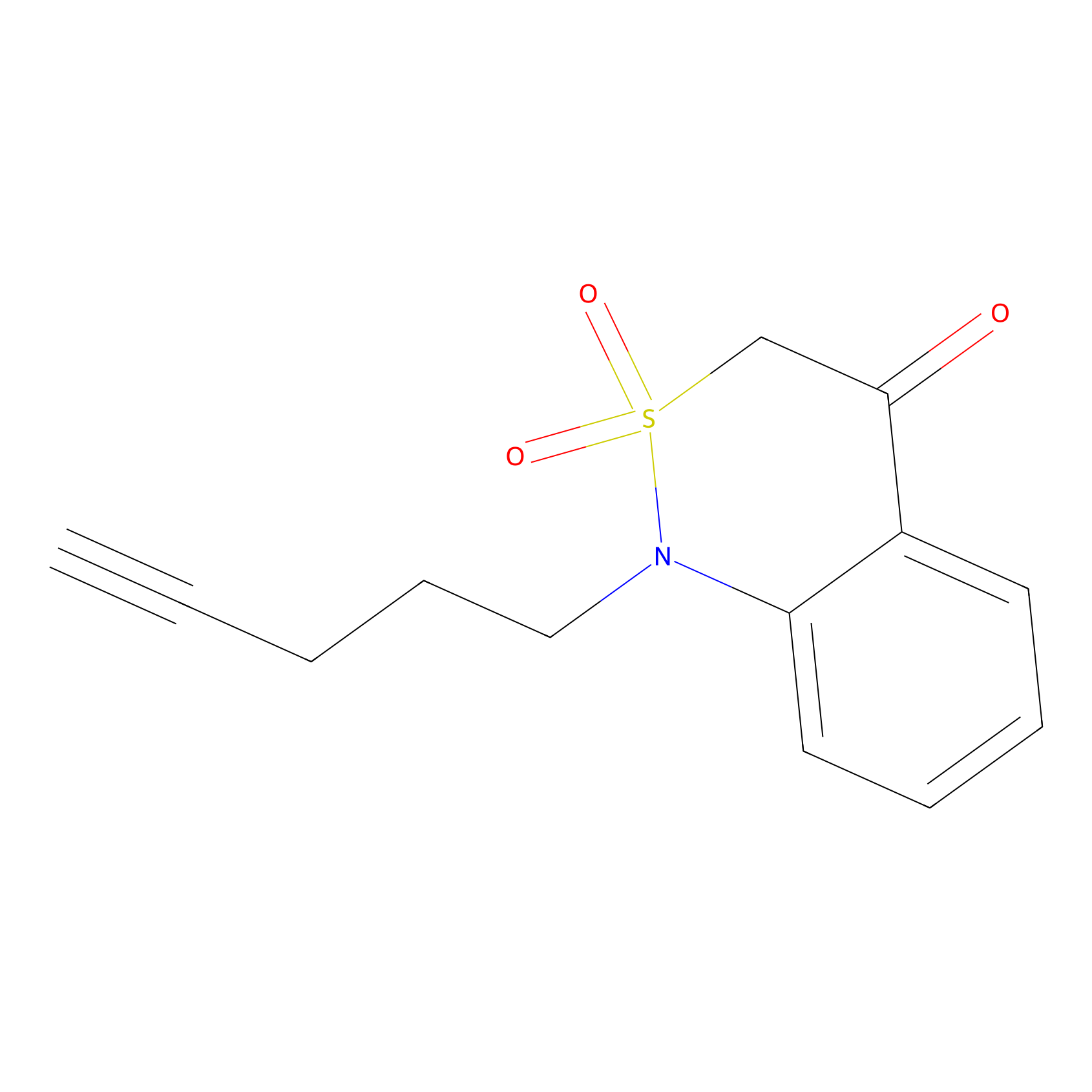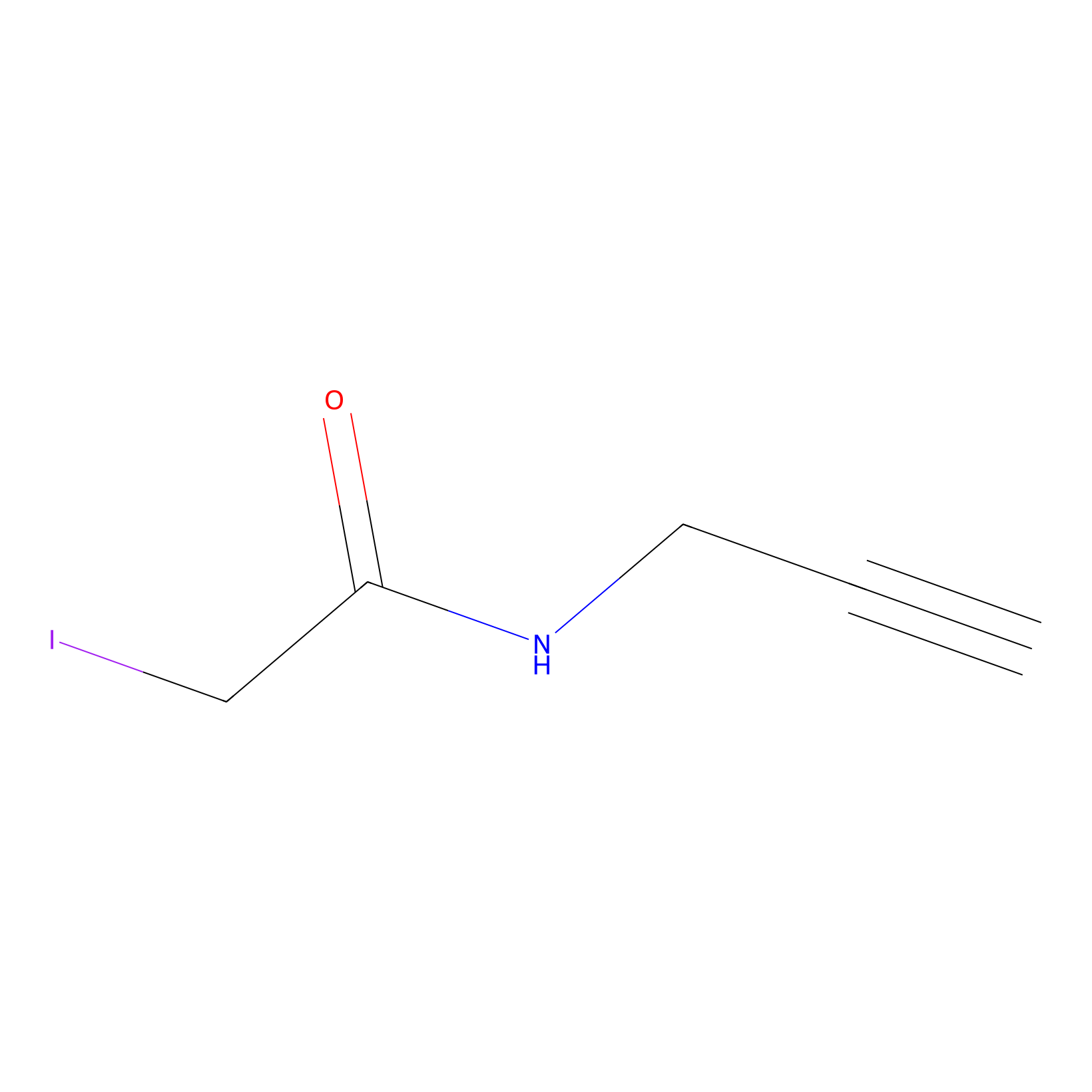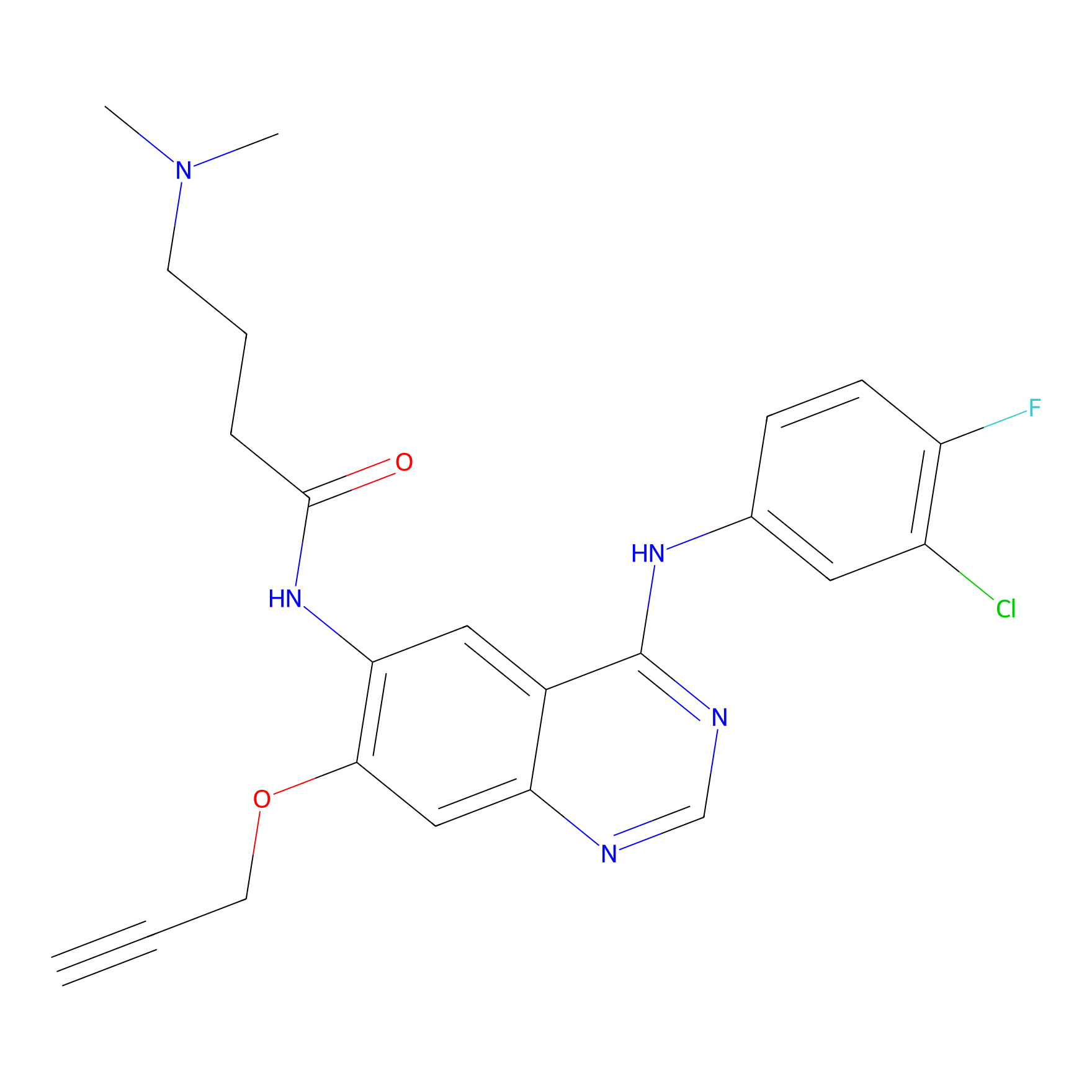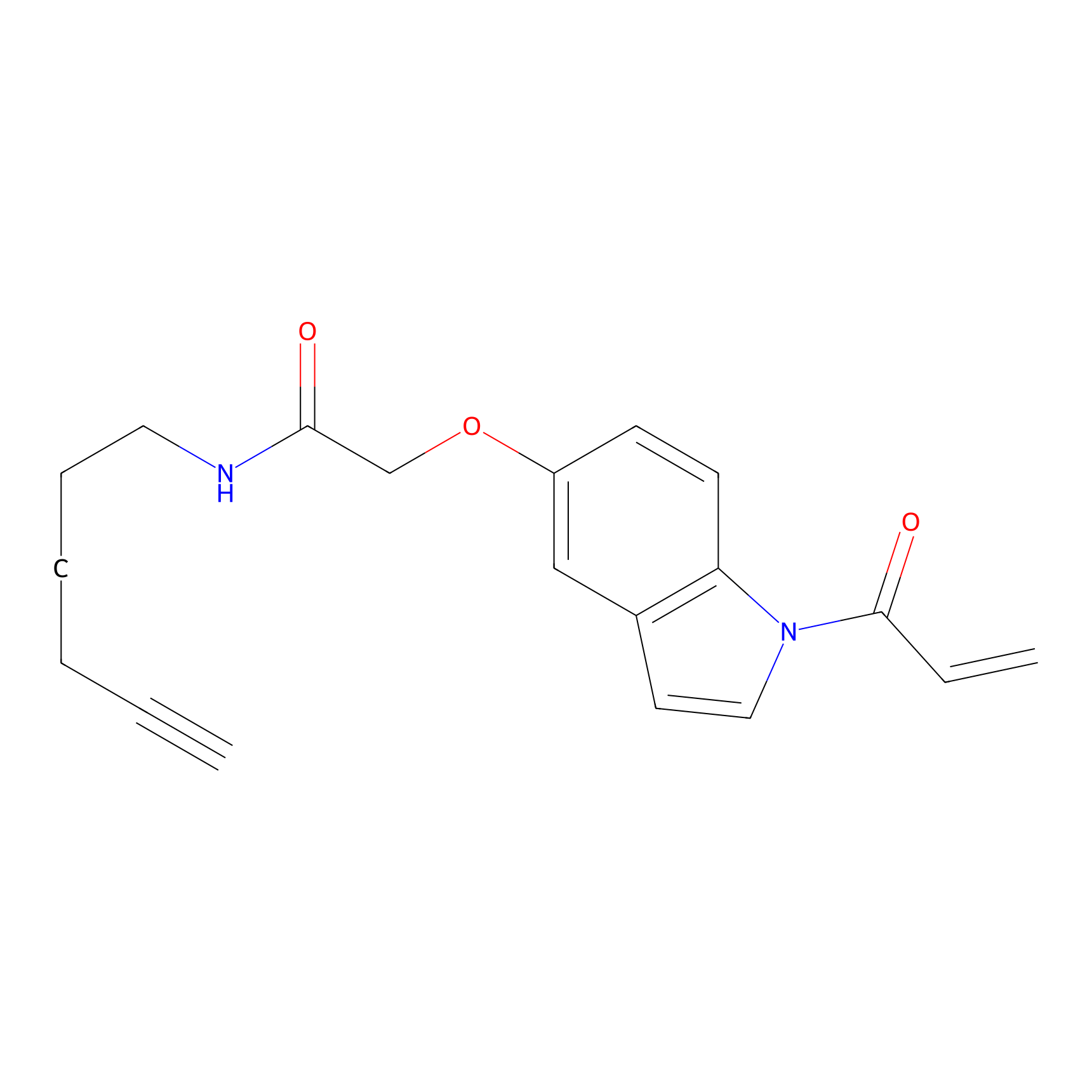Details of the Target
General Information of Target
| Target ID | LDTP11186 | |||||
|---|---|---|---|---|---|---|
| Target Name | NEDD4 family-interacting protein 1 (NDFIP1) | |||||
| Gene Name | NDFIP1 | |||||
| Gene ID | 80762 | |||||
| Synonyms |
N4WBP5; NEDD4 family-interacting protein 1; Breast cancer-associated protein SGA-1M; NEDD4 WW domain-binding protein 5; Putative MAPK-activating protein PM13; Putative NF-kappa-B-activating protein 164; Putative NFKB and MAPK-activating protein
|
|||||
| 3D Structure | ||||||
| Sequence |
MKGLRSLAATTLALFLVFVFLGNSSCAPQRLLERRNWTPQAMLYLKGAQGRRFISDQSRR
KDLSDRPLPERRSPNPQLLTIPEAATILLASLQKSPEDEEKNFDQTRFLEDSLLNW |
|||||
| Target Bioclass |
Other
|
|||||
| Subcellular location |
Endosome membrane
|
|||||
| Function |
Activates HECT domain-containing E3 ubiquitin-protein ligases, including NEDD4 and ITCH, and consequently modulates the stability of their targets. As a result, controls many cellular processes. Prevents chronic T-helper cell-mediated inflammation by activating ITCH and thus controlling JUNB degradation. Promotes pancreatic beta cell death through degradation of JUNB and inhibition of the unfolded protein response, leading to reduction of insulin secretion. Restricts the production of pro-inflammatory cytokines in effector Th17 T-cells by promoting ITCH-mediated ubiquitination and degradation of RORC. Together with NDFIP2, limits the cytokine signaling and expansion of effector Th2 T-cells by promoting degradation of JAK1, probably by ITCH- and NEDD4L-mediated ubiquitination. Regulates peripheral T-cell tolerance to self and foreign antigens, forcing the exit of naive CD4+ T-cells from the cell cycle before they become effector T-cells. Negatively regulates RLR-mediated antiviral response by promoting SMURF1-mediated ubiquitination and subsequent degradation of MAVS. Negatively regulates KCNH2 potassium channel activity by decreasing its cell-surface expression and interfering with channel maturation through recruitment of NEDD4L to the Golgi apparatus where it mediates KCNH2 degradation. In cortical neurons, mediates the ubiquitination of the divalent metal transporter SLC11A2/DMT1 by NEDD4L, leading to its down-regulation and protection of the cells from cobalt and iron toxicity. Important for normal development of dendrites and dendritic spines in cortex. Enhances the ubiquitination of BRAT1 mediated by: NEDD4, NEDD4L and ITCH and is required for the nuclear localization of ubiquitinated BRAT1. Enhances the ITCH-mediated ubiquitination of MAP3K7 by recruiting E2 ubiquitin-conjugating enzyme UBE2L3 to ITCH. Modulates EGFR signaling through multiple pathways. In particular, may regulate the ratio of AKT1-to-MAPK8 signaling in response to EGF, acting on AKT1 probably through PTEN destabilization and on MAPK8 through ITCH-dependent MAP2K4 inactivation. As a result, may control cell growth rate. Inhibits cell proliferation by promoting PTEN nuclear localization and changing its signaling specificity.
|
|||||
| Uniprot ID | ||||||
| Ensemble ID | ||||||
| HGNC ID | ||||||
Target Site Mutations in Different Cell Lines
Probe(s) Labeling This Target
ABPP Probe
| Probe name | Structure | Binding Site(Ratio) | Interaction ID | Ref | |
|---|---|---|---|---|---|
|
STPyne Probe Info |
 |
K204(2.07) | LDD0277 | [1] | |
|
BTD Probe Info |
 |
C15(0.78) | LDD1700 | [2] | |
|
IA-alkyne Probe Info |
 |
N.A. | LDD0165 | [3] | |
|
IPM Probe Info |
 |
N.A. | LDD0147 | [4] | |
|
PF-06672131 Probe Info |
 |
N.A. | LDD0017 | [5] | |
|
NAIA_5 Probe Info |
 |
N.A. | LDD2223 | [6] | |
Competitor(s) Related to This Target
| Competitor ID | Name | Cell line | Binding Site(Ratio) | Interaction ID | Ref |
|---|---|---|---|---|---|
| LDCM0213 | Electrophilic fragment 2 | MDA-MB-231 | C15(2.40) | LDD1702 | [2] |
| LDCM0023 | KB03 | MDA-MB-231 | C15(2.81) | LDD1701 | [2] |
| LDCM0507 | Nucleophilic fragment 16b | MDA-MB-231 | C15(1.00) | LDD2100 | [2] |
| LDCM0513 | Nucleophilic fragment 19b | MDA-MB-231 | C15(0.99) | LDD2106 | [2] |
| LDCM0514 | Nucleophilic fragment 20a | MDA-MB-231 | C15(1.18) | LDD2107 | [2] |
| LDCM0518 | Nucleophilic fragment 22a | MDA-MB-231 | C15(0.88) | LDD2111 | [2] |
| LDCM0532 | Nucleophilic fragment 29a | MDA-MB-231 | C15(0.69) | LDD2125 | [2] |
| LDCM0534 | Nucleophilic fragment 30a | MDA-MB-231 | C15(0.81) | LDD2127 | [2] |
| LDCM0211 | Nucleophilic fragment 3b | MDA-MB-231 | C15(0.78) | LDD1700 | [2] |
| LDCM0546 | Nucleophilic fragment 40 | MDA-MB-231 | C15(0.87) | LDD2140 | [2] |
| LDCM0547 | Nucleophilic fragment 41 | MDA-MB-231 | C15(0.76) | LDD2141 | [2] |
| LDCM0552 | Nucleophilic fragment 6a | MDA-MB-231 | C15(0.71) | LDD2146 | [2] |
The Interaction Atlas With This Target
References
